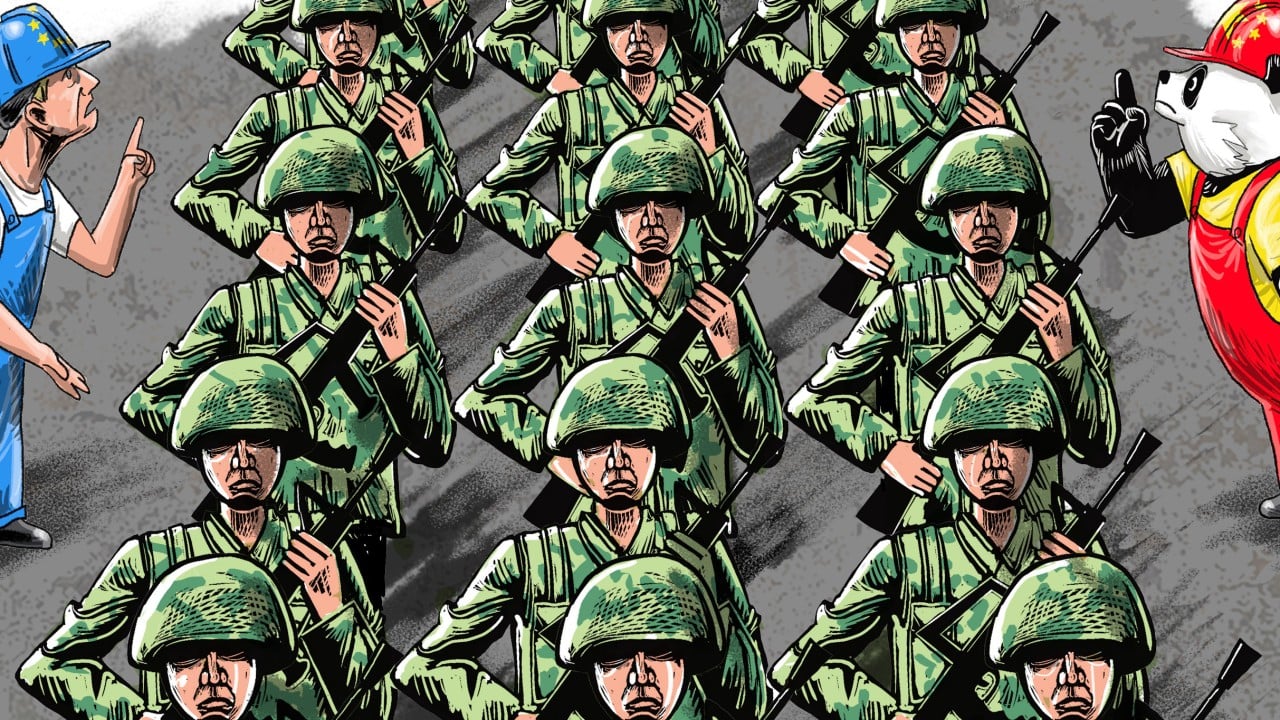The recent military parade in Beijing marking the 80th anniversary of victory against the Japanese invasion was a stunning display of precision and power. Rows of soldiers moved with robotic synchrony and new weapons systems – hypersonic missiles, stealth aircraft and autonomous drones – rolled past Tiananmen Square, signalling China’s arrival as a military peer to the United States.
Advertisement
The presence of leaders from across the Global South, including Russian President Vladimir Putin and North Korean leader Kim Jong-un, underscored Beijing’s expanding influence. Yet the conspicuous absence of many European leaders reveals the political fractures China must navigate to lead a multipolar world.
Western reactions to the parade were largely critical. US President Donald Trump warned of a nascent alliance conspiring against US interests, while European leaders criticised China’s embrace of Russia and North Korea, both pariahs in the West due to the Ukraine conflict. Only two European heads of state attended – highlighting a broad Western boycott that represents a profound strategic miscalculation, costing Europe valuable diplomatic leverage.
By refusing to engage, key European leaders missed a crucial opportunity to confront Putin, and this, after Trump’s face-to-face meeting with the Russian leader in Alaska. Instead of merely criticising Beijing’s support for Moscow, European Union leaders could have used the occasion to present a unified engagement plan for Ukraine.
Such a move would not only have displayed the EU’s strategic autonomy but also positioned it as a proactive diplomatic force. Instead, the diplomatic stage was ceded to China, reinforcing the very divisions the EU claims to oppose.
Advertisement
Trump’s renewed threat of sanctions on Russia, while rhetorically forceful, highlights a broader pattern of failed diplomacy since the Alaska summit – one where Europe’s role has been reduced to criticism rather than problem-solving.

